THE HEDGE: A CLASSICAL GARDEN ELEMENT
Hedges are a fundamental ingredient in classical gardens. In Gardens are for People, Thomas Church wrote that hedges add “strength and style to a garden,” providing “a year-round fence, a separator of areas, a screen against the house next door, a stage setting for flowers, and a windscreen.”
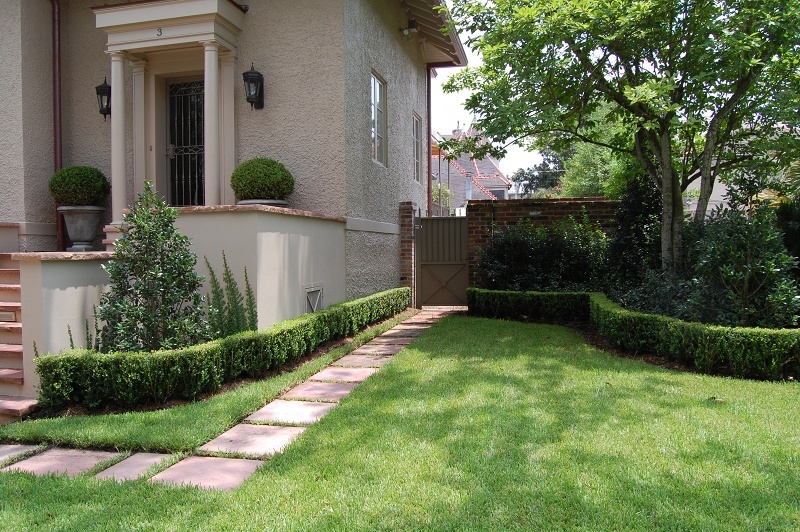 In the garden, above, the hedge provides continuity and definition. Here, the formal layout of the stepping stones, the manicured lawn and the closely cropped hedge are contrasted by the loose, lush greenery that the hedge restrains.
In the garden, above, the hedge provides continuity and definition. Here, the formal layout of the stepping stones, the manicured lawn and the closely cropped hedge are contrasted by the loose, lush greenery that the hedge restrains.
The Hedge in this Charleston garden is used to the same effect. It repeats the straight line of the brick wall behind it. The tree towering in the background provides relief to the linear structure.
This Boxwood hedge in Princeton, New Jersey highlights and defines the random pattern Bluestone walkway and also provides the border for a perennial garden.
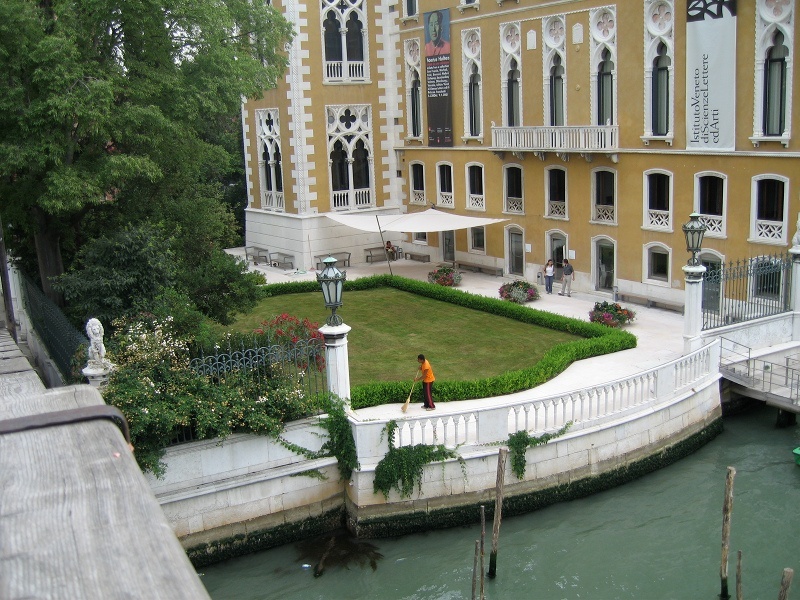 The diminutive hedge above reinforces the arc and jog shape of this lawn in Venice.
The diminutive hedge above reinforces the arc and jog shape of this lawn in Venice.
The hedge below is one of many hedges used to create rooms at Hinton Ampner in England. The topiaried “columns” signal a gateway.
Below are a few more photographs of the many and varied hedges at Hinton Ampner, a National Trust garden in Hampshire England. The gardens were designed by Ralph Dutton, who was influenced by the legendary English landscape gardner William Robinson.
CHOOSING THE RIGHT PLANT FOR THE RIGHT HEDGING SITUATION
I talked with Troy McGrew, an expert plantsman at Styer Landscaping in Richmond, Virginia, about his recommendations for growing healthy and beautiful hedges. Here is his advice:
SMALL HEDGES are perfect when you want to create a knot garden, or define a parterre or other small bed. Four recommended by Troy: Buxus sinica var. insularis ‘Justin Brouwers’ (2 1/2 feet x 2 feet); Buxus sempervirens ‘Jensen’ (2 feet x 2 feet) (does not tolerate full Sun); Buxus microphylla var. japonica ‘Morris Midget’ (1 foot x 1 foot); and Buxus microphylla ‘Green Pillow’ (1 1/2 feet x 1 1/2 feet).
The small clipped hedge above reinforces, but also softens, the strong line of the stucco retaining wall.
The small clipped hedge above creates an outstanding frame for the urns in this New Orleans garden.
The Boxwood hedge in the garden above defines the lawn, strengthens the horizontal plane of the porch, and provides unity by repeating the punctuating Boxwood in the planting bed, but in different form.
MEDIUM HEDGES are very useful to create backbone in a border, or to separate spaces without creating a closed-in wall. For medium hedges, Troy recommends Buxus ‘Green Beauty’ (3 feet x 3 feet), Buxus ‘Green Mountain’ (more pyramidal, 4’ x 3’); and the variegated Buxus ‘Elegantissima’ (2 1/2 feet x 2 feet).
The double hedges in this Charleston garden screen the drive without blocking the views from the piazza. The long lines of the hedges, punctuated by the tall cypresses, give the yard a very formal and architectural feel, but the aged irregular bluestone paving provides just enough of a casualness to give it a mellow vibe.
Villa Gamberaia in Italy is a perfect example of a classic Italian garden: minimal use of flowers and color, strong structural elements, frequent use of axes, and LOTS of hedges. As in the New Orleans photo above, Boxwood is used not only as a hedge, but as a repeated punctuation point. Note the shorter hedges in front, the slightly taller hedge behind and surrounding the potted Lime Trees, the medium squared Boxwood hedge behind the trees, running parallel to the walks, and extremely tall hedge that acts as the wall for this giant outdoor room.
The Otto Luyken Laurel (just finished flowering) provides a backdrop for the terracotta pots on this terrace, and a separation from the lawn.
TALL HEDGES are a wonderful way to screen a driveway or other large area and to use as walls when creating outdoor rooms or separation. The only Boxwood that is useful for a tall screen is Buxus sempervirens (American Boxwood), which, over time, will grow to 15 feet or more. Other evergreens Troy recommends for tall hedges include: Prunus laurocerasus (English Laurel); Prunus laurocerasus ‘Schipkaensis’ (Skip Laurel), Ligustrum lucidum and its cultivars, Osmanthus fragrans and many Hollies.
TROY’S TIPS ON TRAINING AND MAINTAINING HEDGES
- Start pruning Boxwood when they are young, to promote thicker growth at the bottom of the plant.
- “Pinch” or hand prune in late Winter to thin and open up the plant. This allows light and air inside so that the plant can produce leaves along the interior surfaces.
- Prune as needed in late Winter to maintain density and desired form.
- Prune dead or diseased wood, straggly branches or long shoots whenever needed.
- For formal “European” hedges, use hedgeclippers, Japanese shears or (my preference) hand pruners to shear the hedge in late Winter in order to maintain a desired shape or form. Shape as needed throughout the growing season, but do so no later than late Summer (pruning stimulates new growth, which may be damaged by early frosts). Be aware that continuous shearing causes a thick outer shell of foliage that doesn’t allow light or air in. If following a regular shearing practice, be sure to pinch (see above) the plant to allow light and air into the plant.
A fabulous source for most of the plants specified in this blog is Saunders Brothers Nursery, in Piney River, Virginia. Colesville Nursery, Glen Allen Nursery and Sneed’s Nursery all carry Saunders Brothers plants.

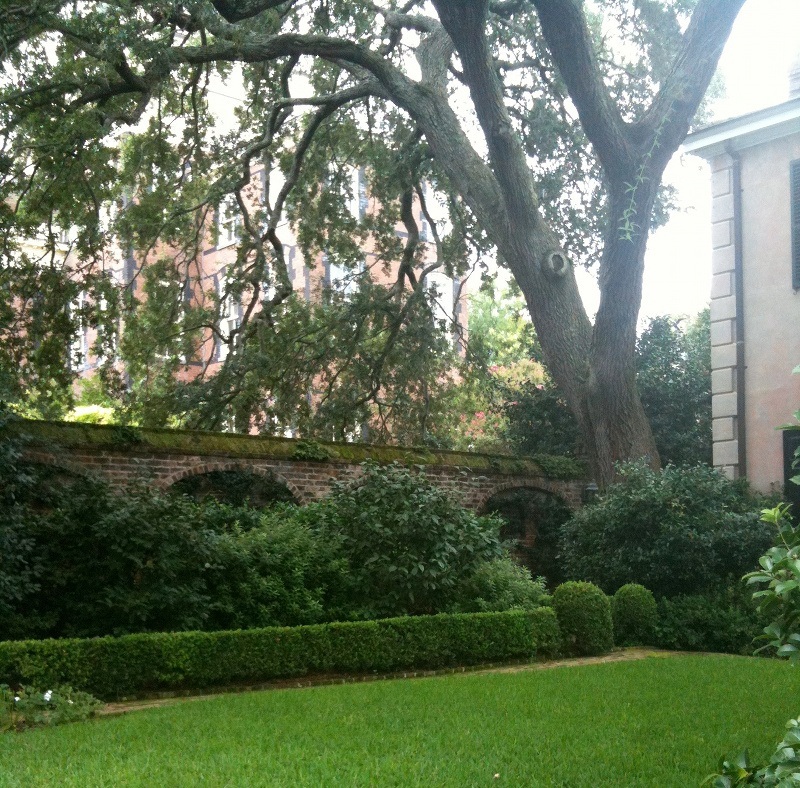

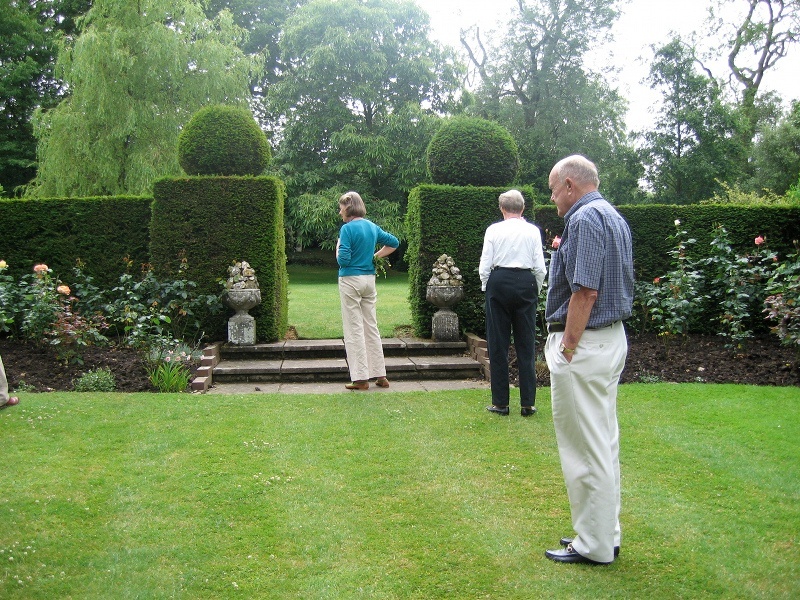
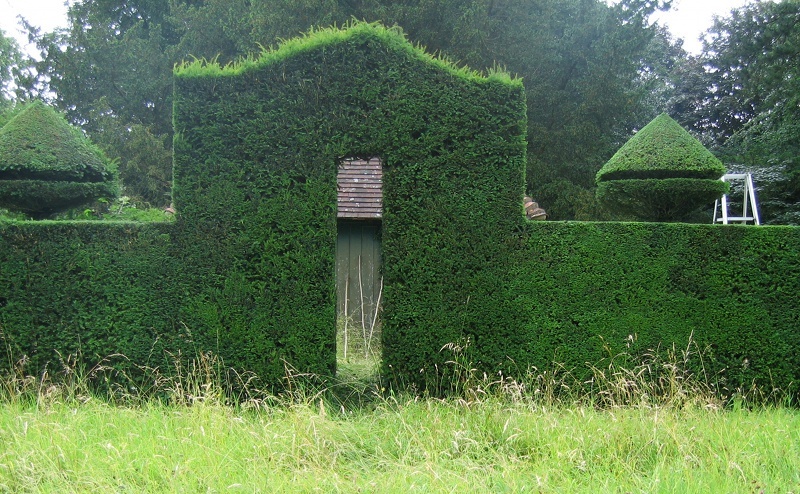
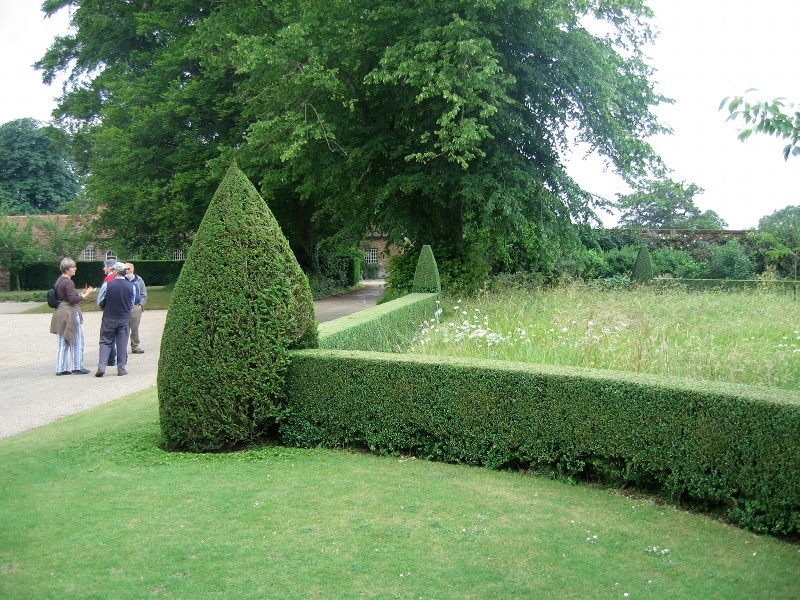
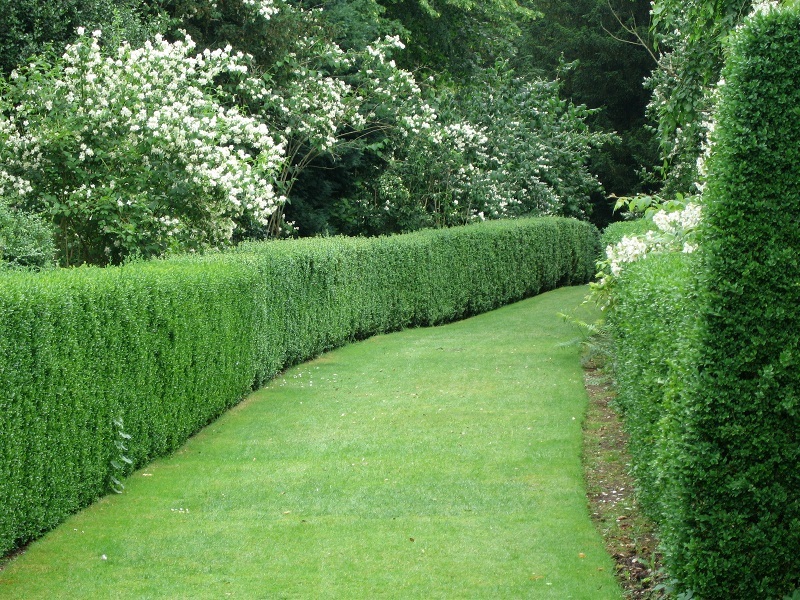
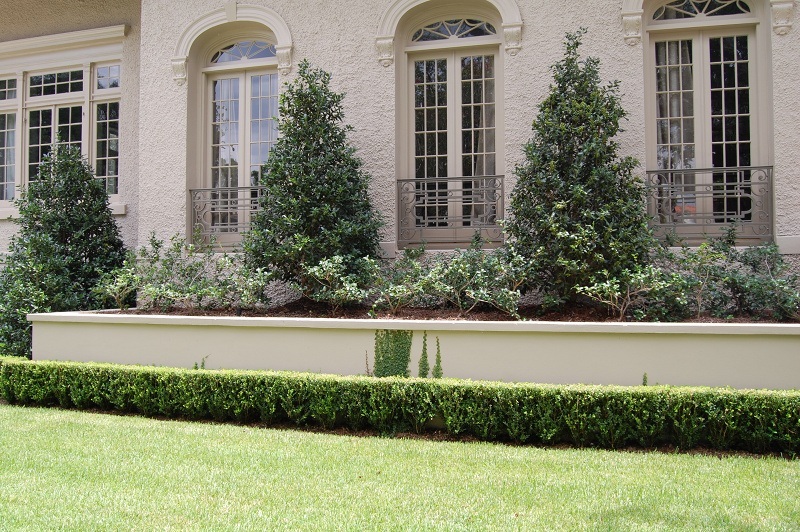
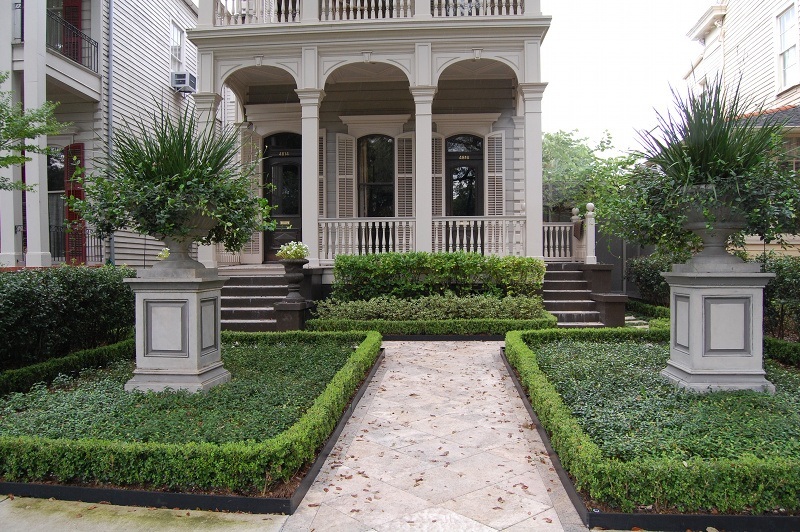
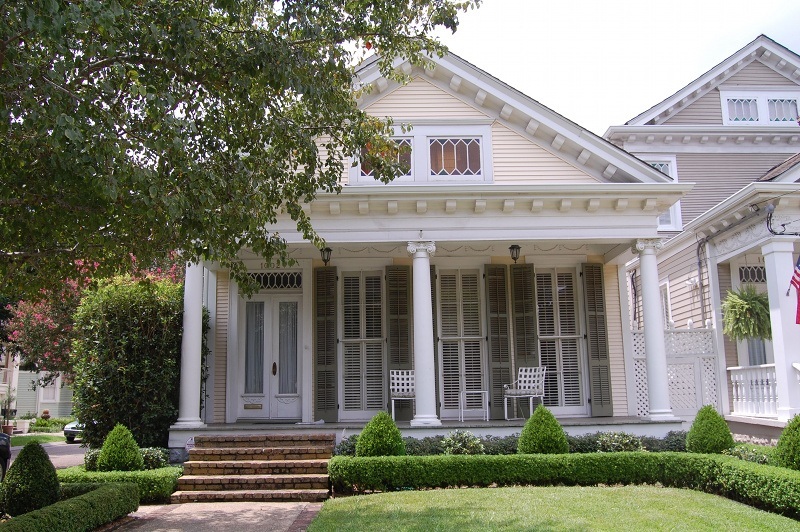
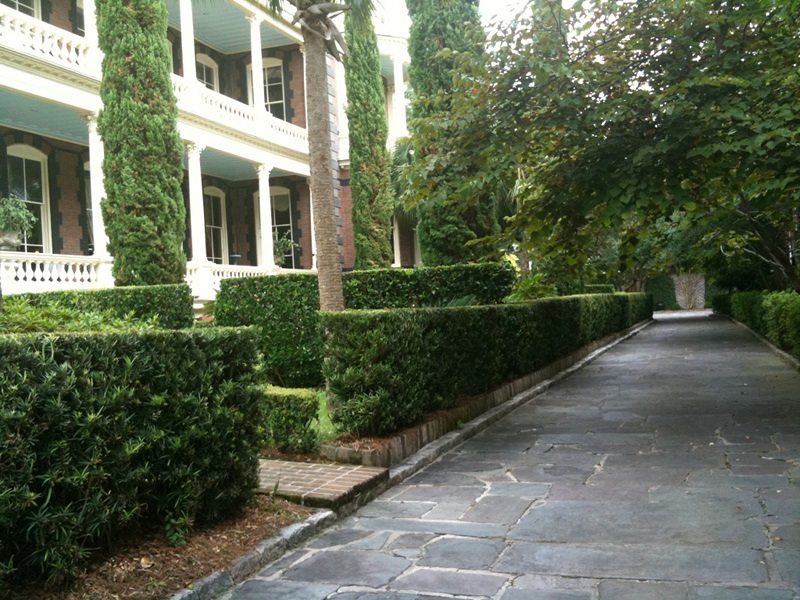
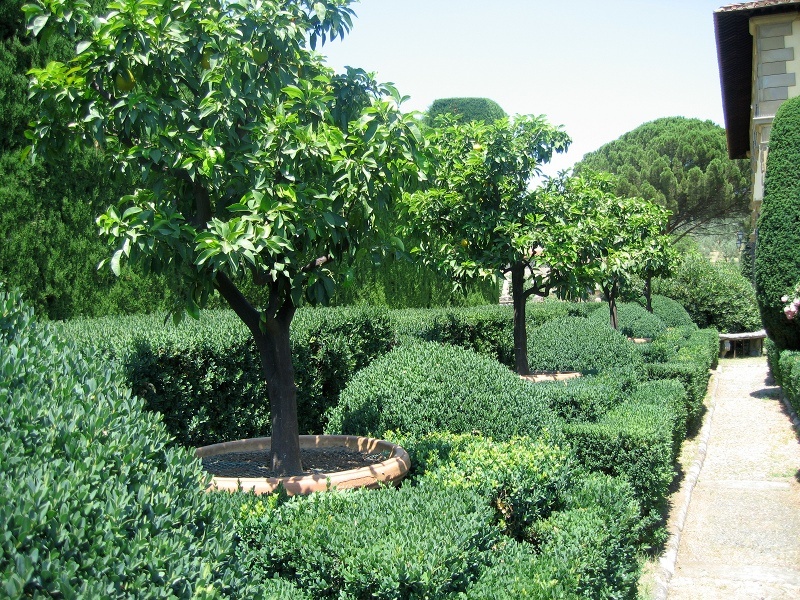
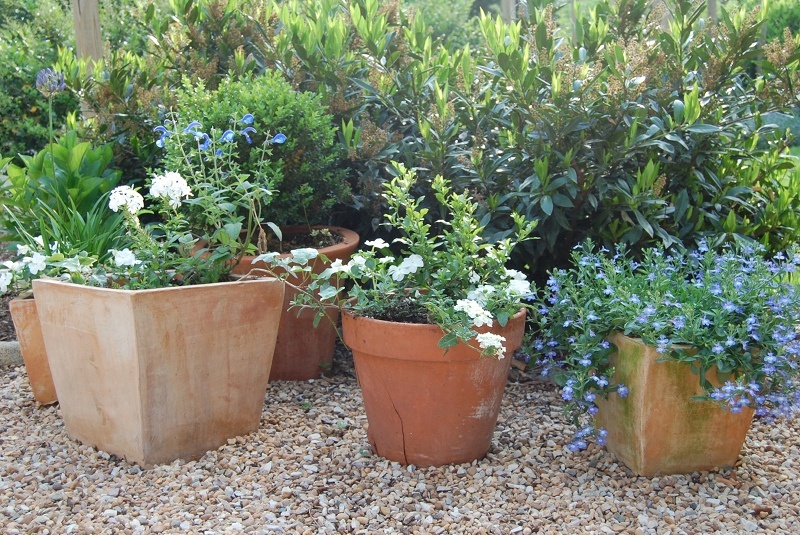
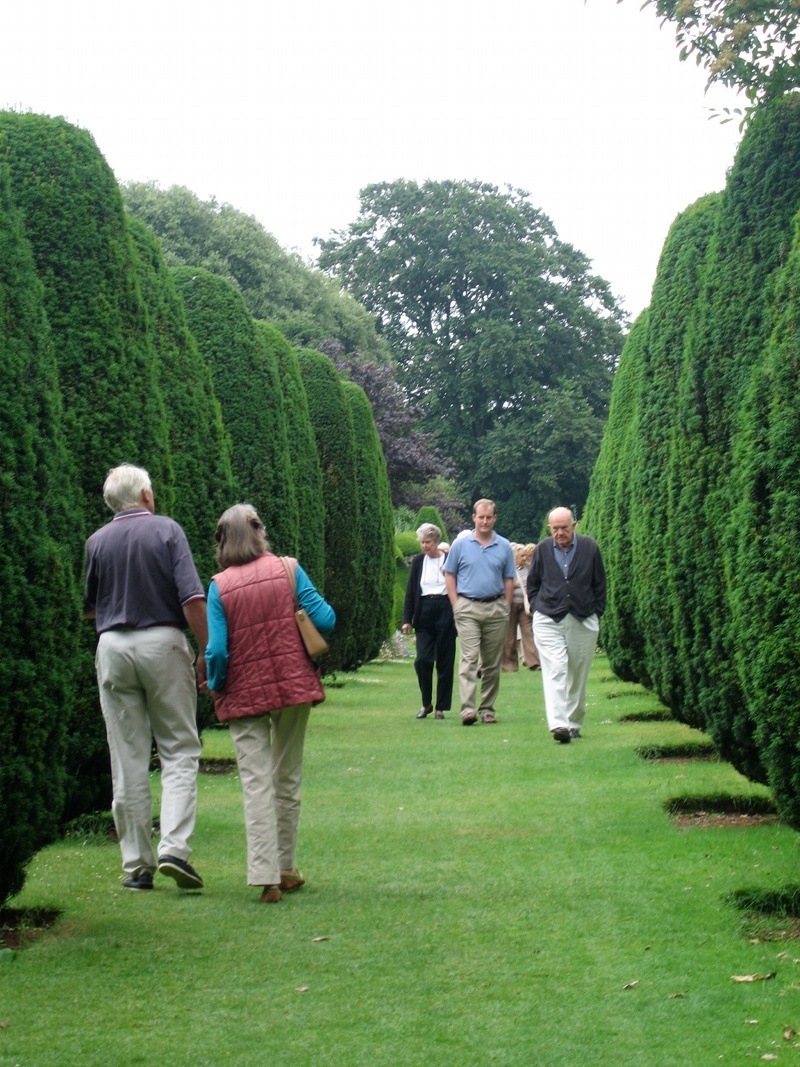










Leave a Reply
Want to join the discussion?Feel free to contribute!